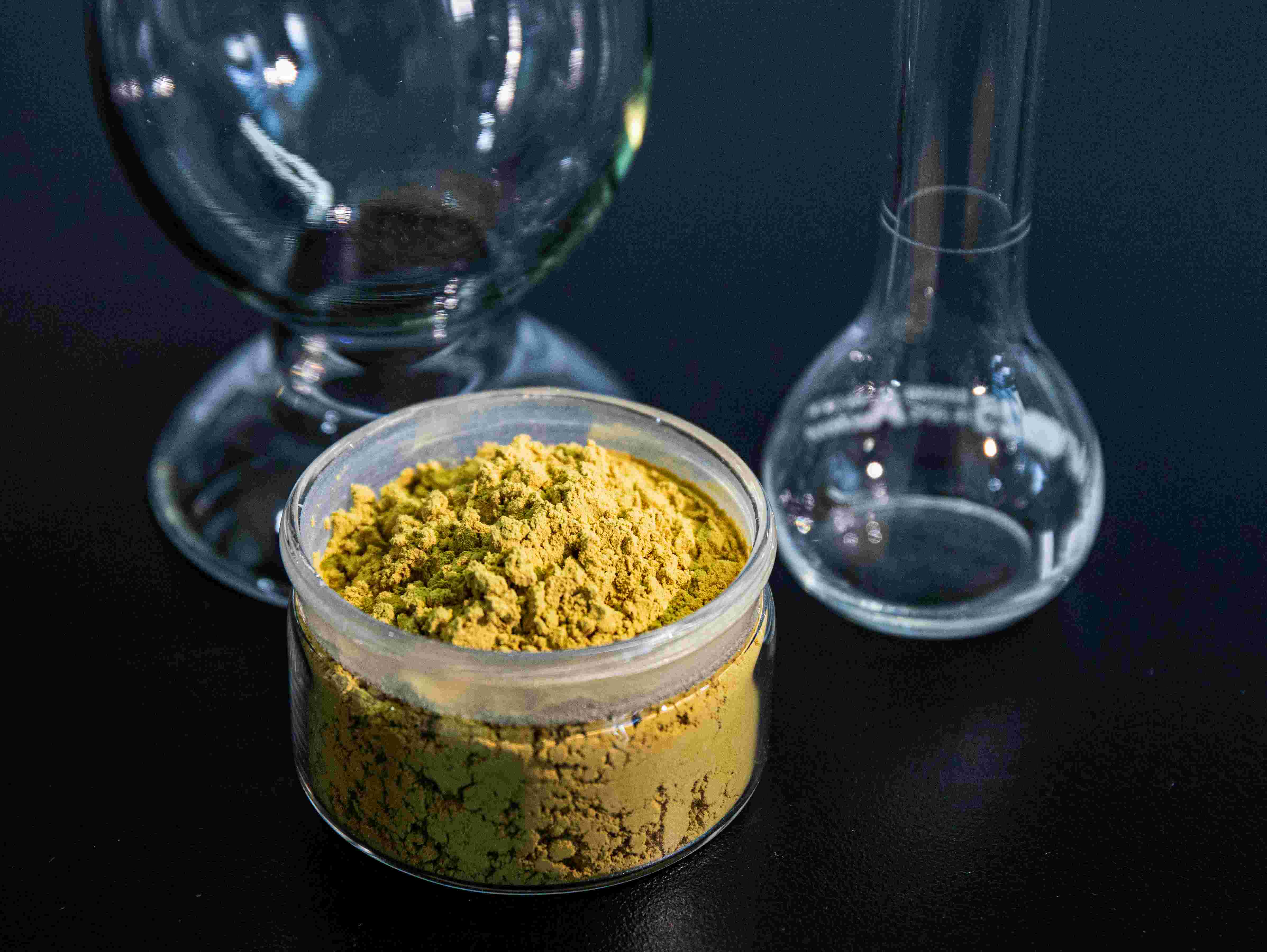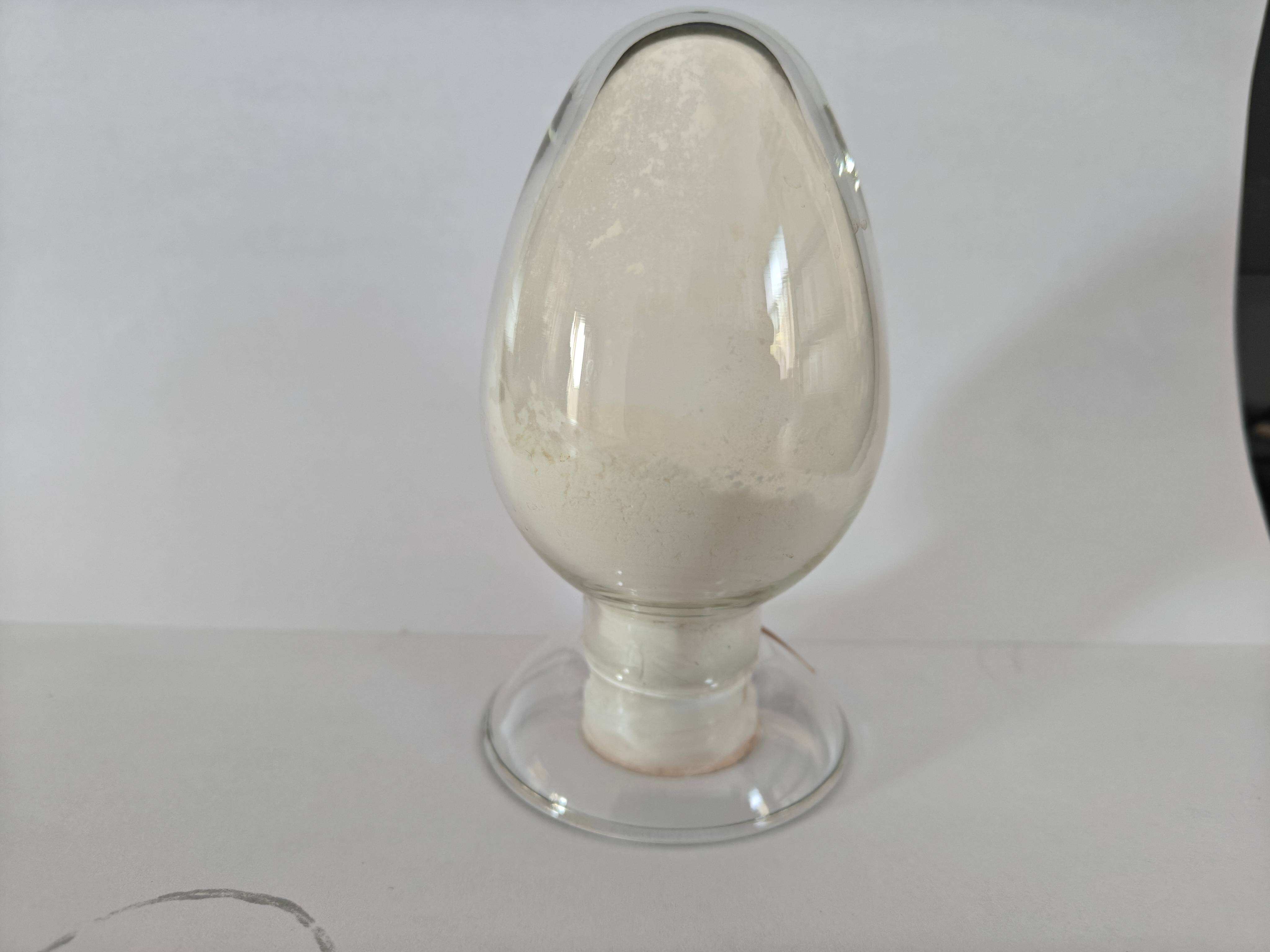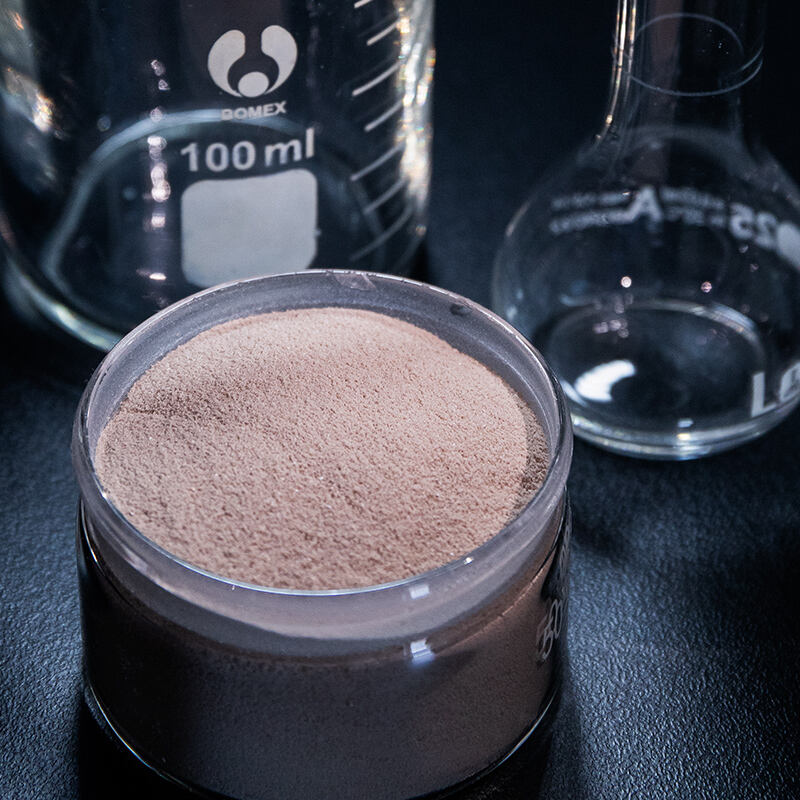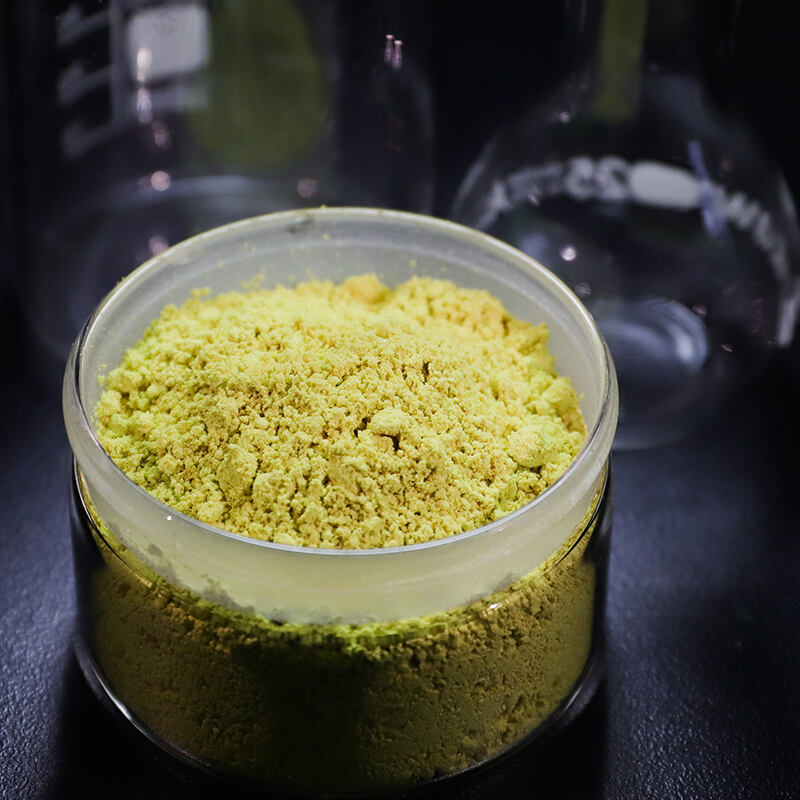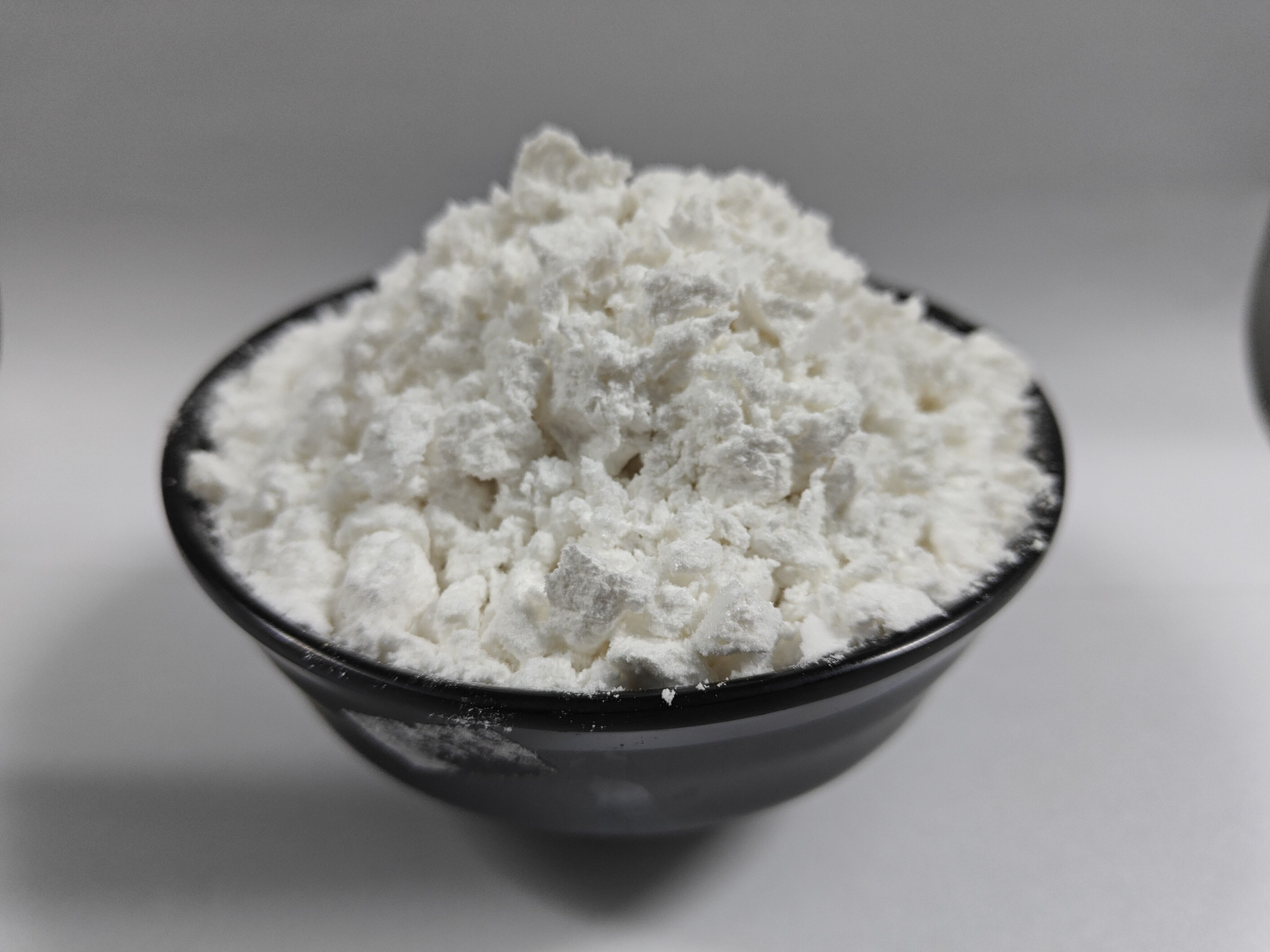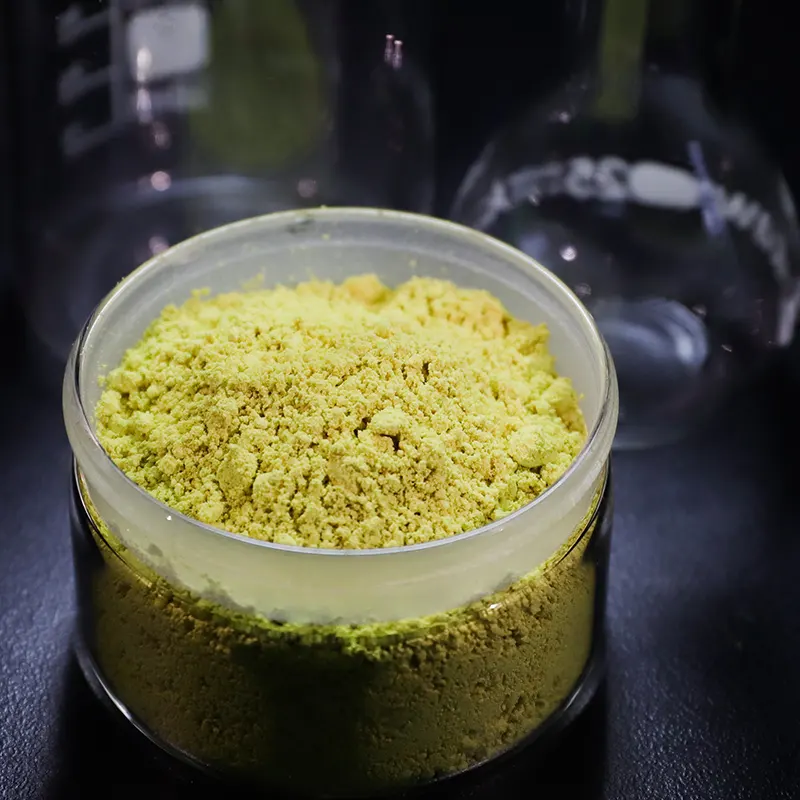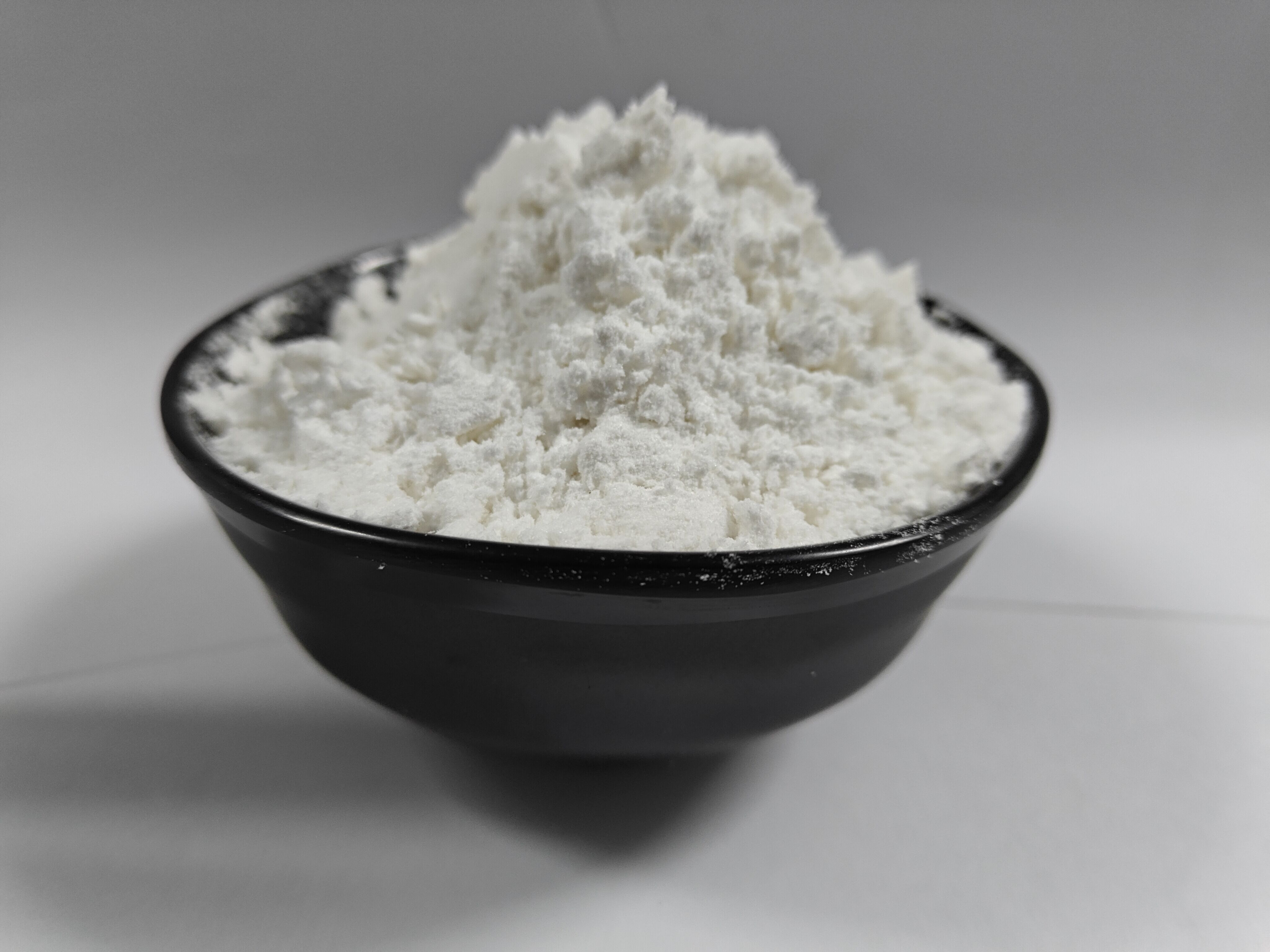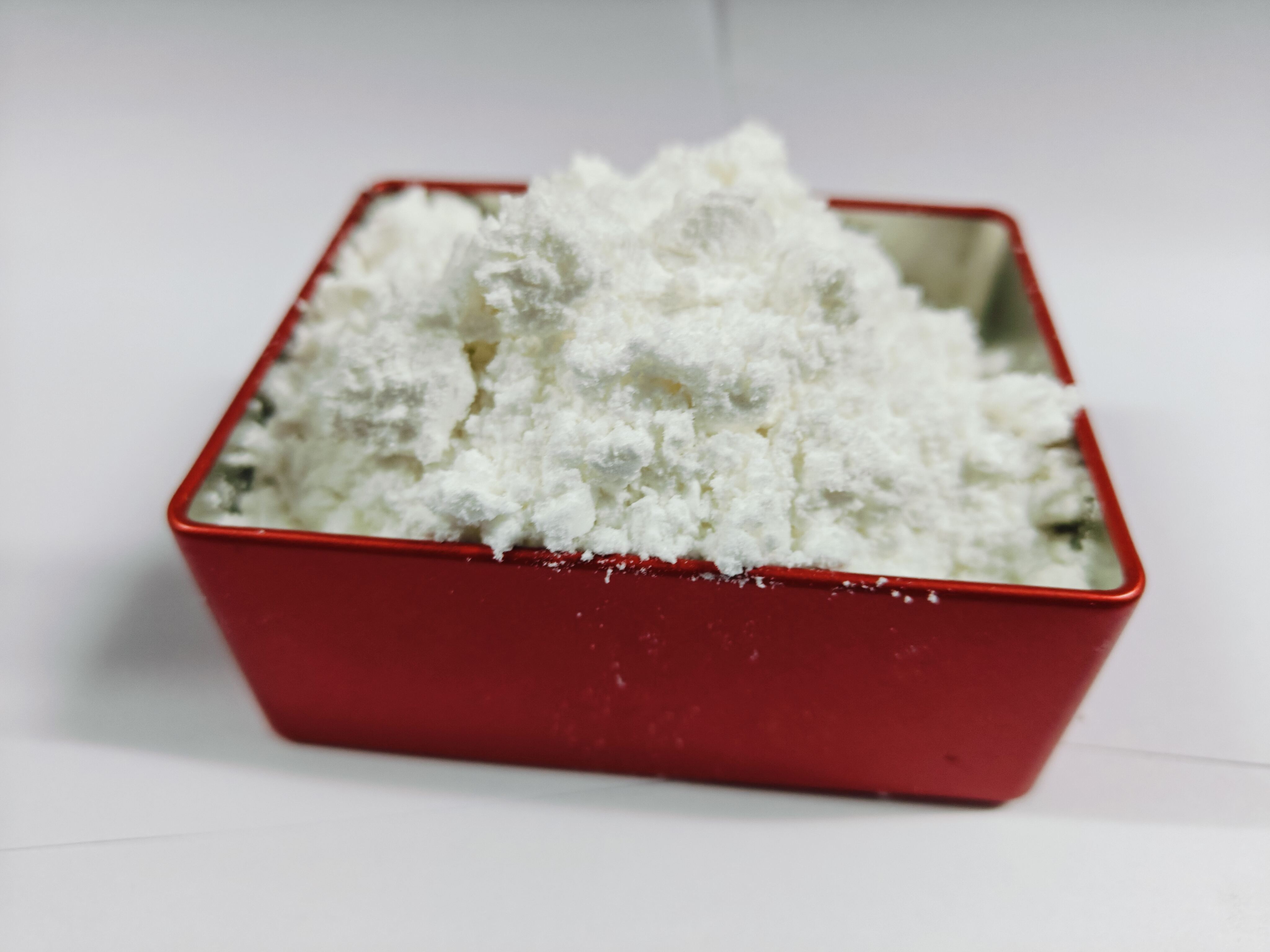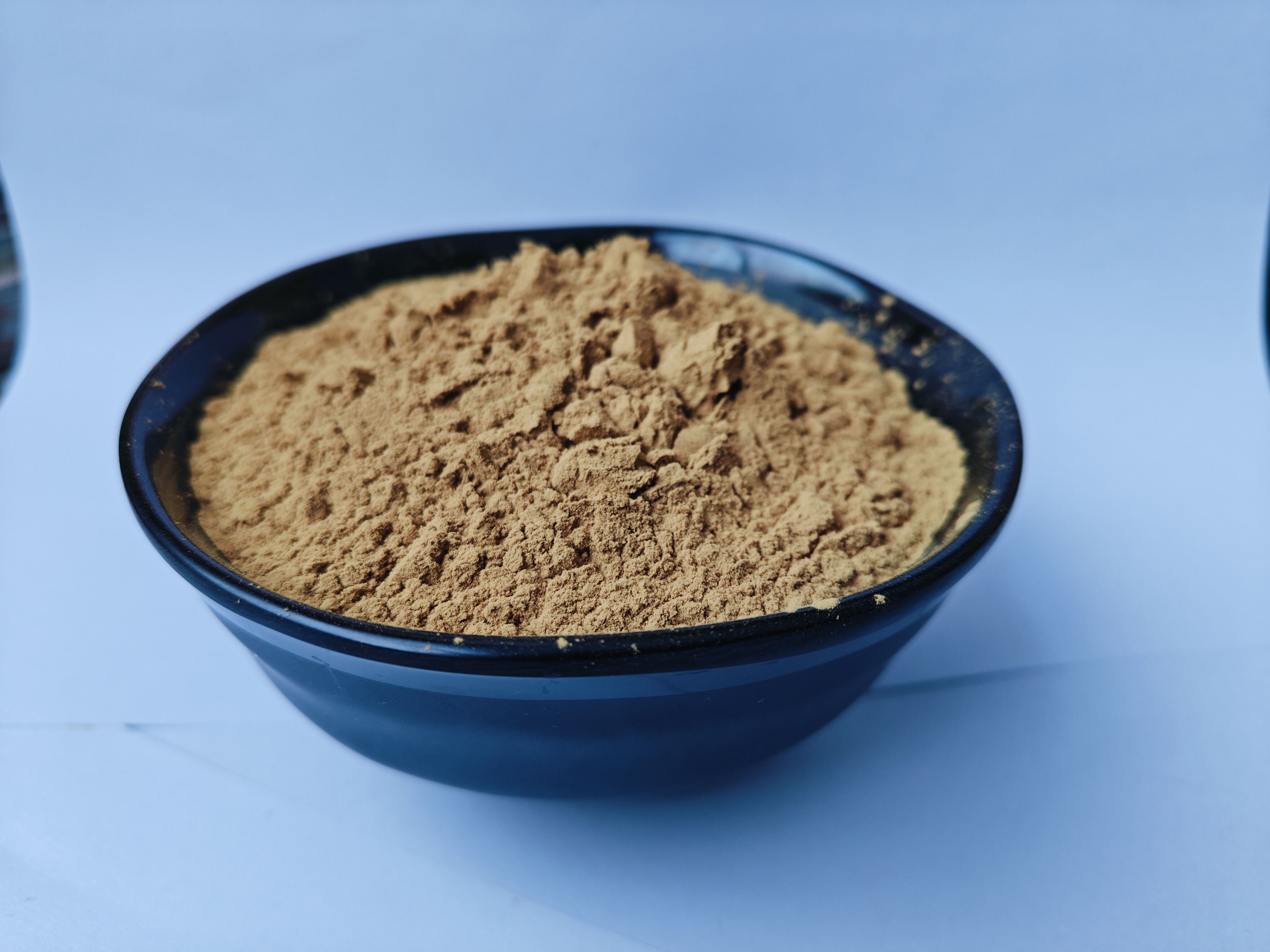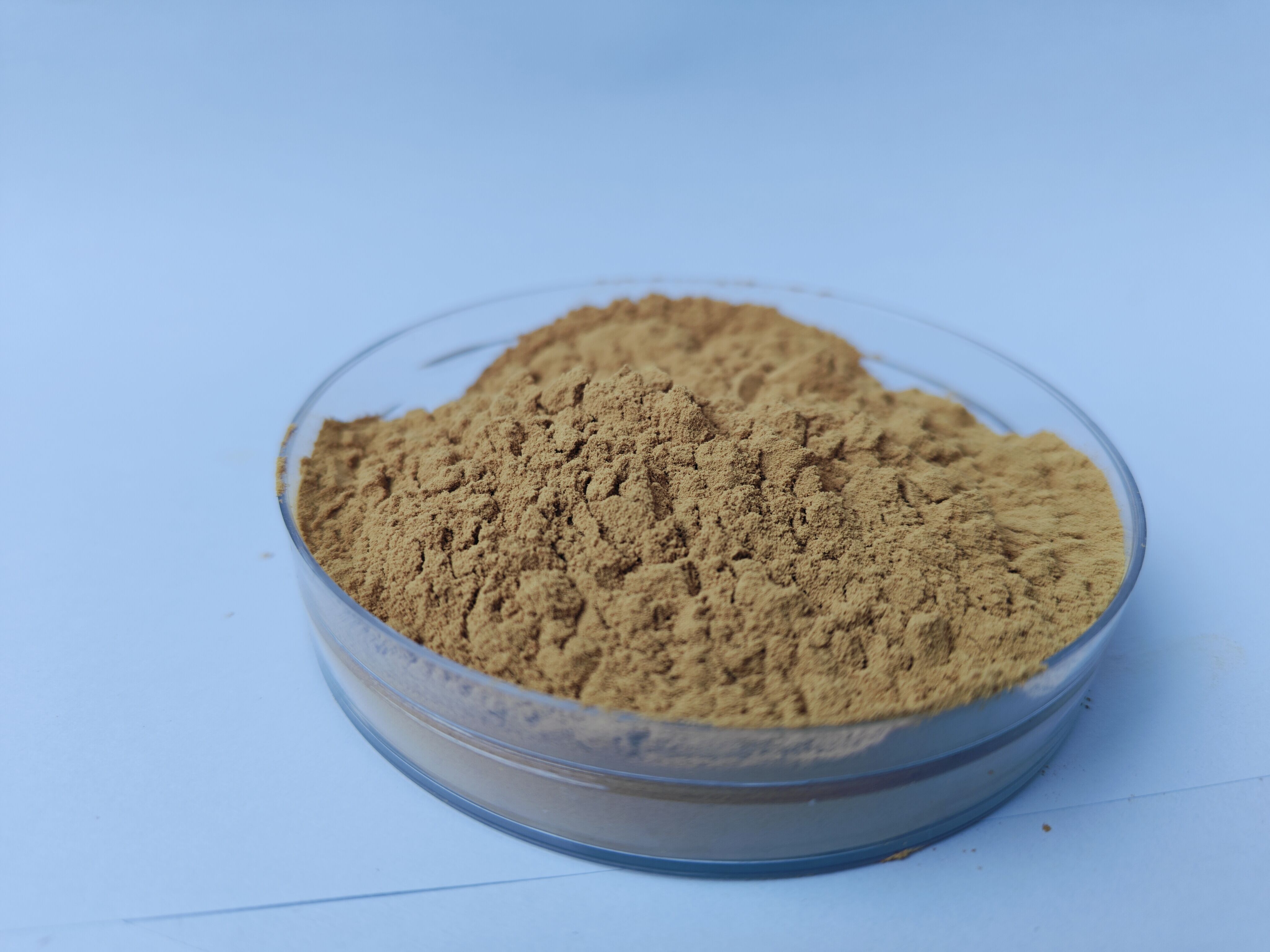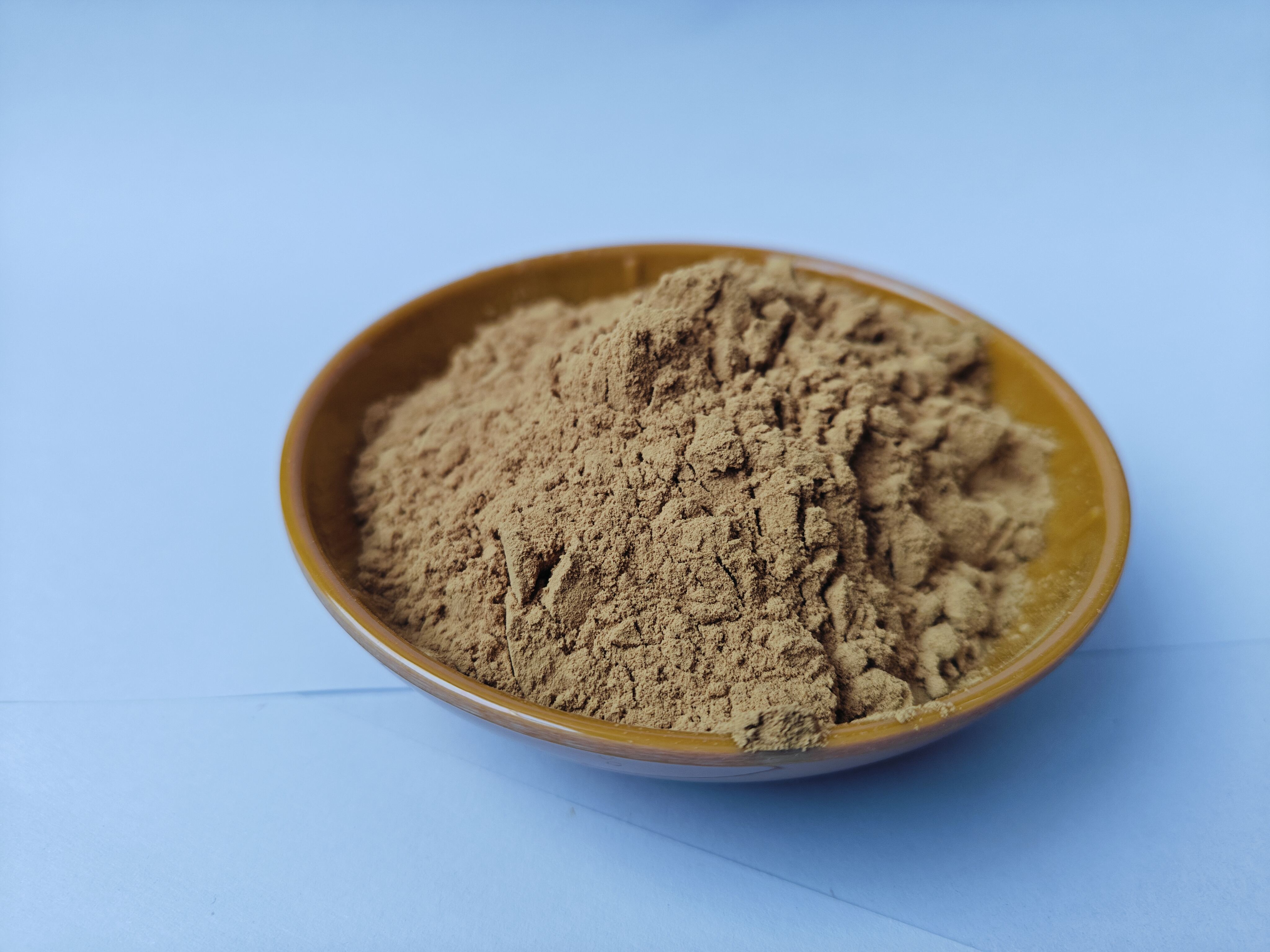latente verhardingsmiddel vir epoksi-hars
'n Latente geneesmiddel vir epokshars verteenwoordig 'n baanbrekende vooruitgang in polimeertechnologie, wat beheerde en presiese geneesmechanismes vir verskeie industriële toepassings aanbied. Hierdie gespesialiseerde chemiese samestelling bly onaktief by ruimtetemperatuur, maar aktiveer wanneer dit blootgestel word aan spesifieke toestande soos hitte, druk of UV-straling. Die tegnologie maak dit moontlik vir vervaardigers om uitgebreide potlewe te bereik terwyl hulle goue geneesvermoë behou wanneer nodig. Hierdie agente word ontwerp om stabiele een-komponentstelsels te verskaf, wat die noodsaaklikheid om onmiddellik te meng en toe te pas, wat gewoonlik met tradisionele twee-komponent epokssisteme vereis word, elimineer. Die chemiese samestelling sluit tipies gevorderde molekulêre strukture in wat by voorspelbare temperature uiteenval, waarmee die kruisverbindingsproses wat essentieel is vir korrekte epoksgenesing, begin. Hierdie kenmerk maak hulle veral waardevol in toepassings wat presiese tyding en beheerde genesingsprosesse vereis, soos elektroniese komponente, motorassemblering en lughaweermaterialen. Die latente geneesmiddels dra ook by tot verbeterde bergstabiliteit, verbeterde meganiese eienskappe en uitstekende eindproduktiewerkverrigting oor verskeie temperatuurbereik.

